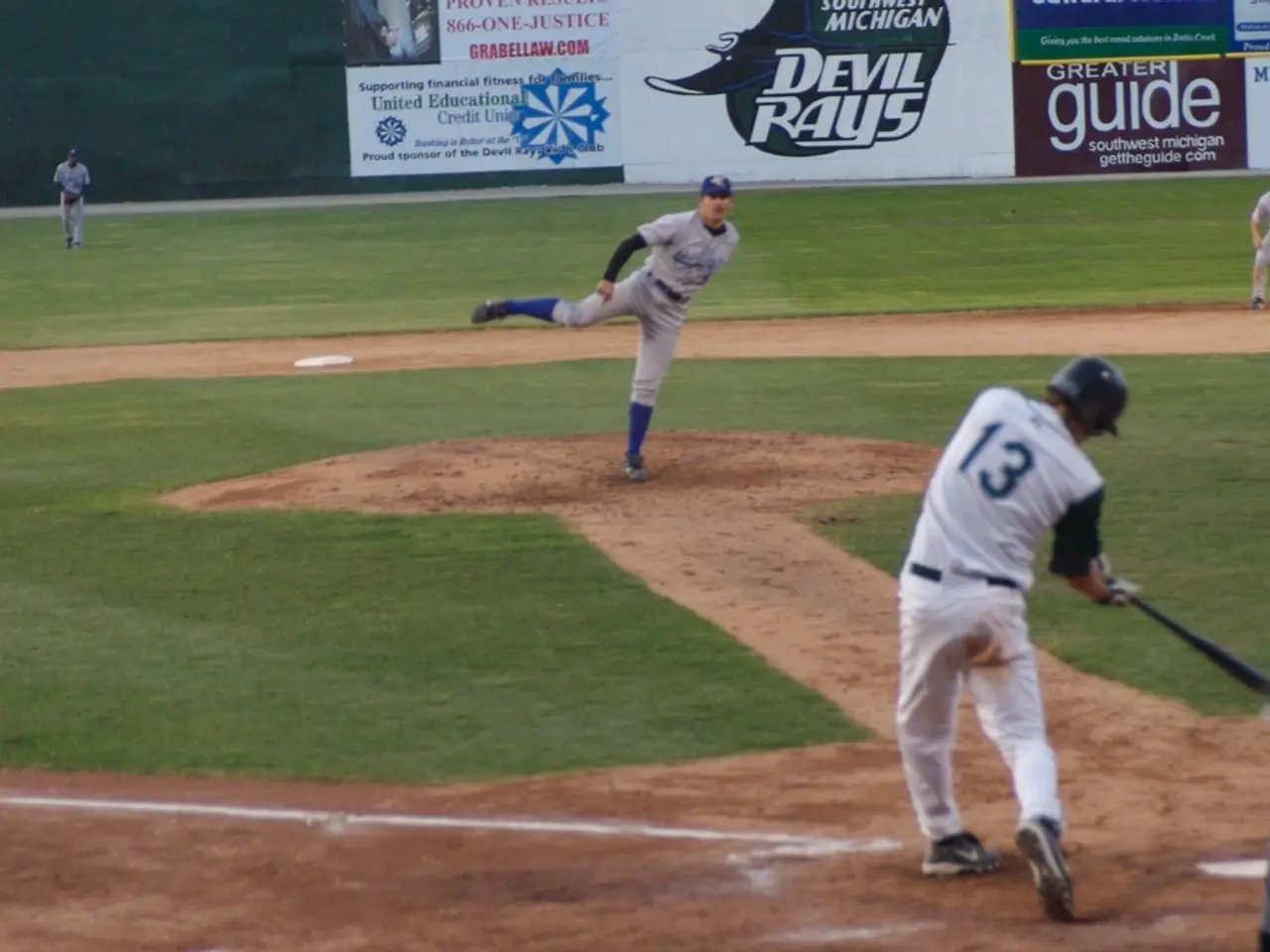Advancements observed in the Cardinals' pitching infrastructure, yet a significant recovery period remains beyond reach
St. Louis Cardinals' Pitching Development Struggles and the Future
The St. Louis Cardinals, once renowned for their exceptional pitching development, have faced challenges in recent years, transforming from being the best in baseball to arguably the worst. This decline, particularly noticeable since the 2020s, has been attributed to a combination of factors.
One significant issue may have been drafting and scouting challenges. The Cardinals may have struggled to identify and draft high-potential pitching prospects during this period.
Changes in coaching staff, minor league training methods, or player development philosophy could also have impacted pitching outcomes. The focus on pitchers who lacked "swing and miss" stuff might have contributed to the lack of quality arms coming through the system.
Recurring injuries or poor management of pitcher workloads could have hindered progression. The pace and quality of integrating modern pitching analytics and biomechanics might have affected development as well.
The competitive environment and front office changes can influence resource allocation and focus on pitching development. These factors, along with others, have likely played a role in the Cardinals' current predicament.
Despite these challenges, there are promising signs. Liam Doyle, the number five overall pick, headlines the group of prospective arms the Cardinals have. Braden Davis, having a breakout season in Double-A with a mid-2.00 ERA and nice strikeout stuff, is another name to watch.
Quinn Mathews, Cade Crossland, Brycen Mautz, Nate Dohm, Chen-Wei Lin, and others add to the mix of interesting prospective arms. Tekoah Roby, Cooper Hjerpe, and Tink Hence are injured but talented prospective arms the Cardinals have.
Braden Davis is starting to be viewed as a name in a class above the ones previously listed. The Cardinals currently have a few young arms who can serve as back-of-the-rotation starters (Liberatore, McGreevy, and Pallante).
Liberatore, in 46 career starts, has a 4.91 ERA, but his 4.08 ERA in 22 starts this year is a substantial improvement. McGreevy, in 11 major league starts, has a 4.13 ERA and averages almost six innings per start. Pallante, in 54 starts, has a 4.28 ERA and averages about 5.2 innings per start.
While the Cardinals have been disappointed by the likes of Zack Thompson, Drew Rom, Jake Woodford, John Oviedo, and Matthew Liberatore in recent years, the search for answers continues. The Cardinals may be looking at their young pitching in a much different light a year or two from now.
The Cardinals have seen positive signs in their pitching development but have many years of work still ahead of them. A more detailed and updated analysis would require sources specialized in baseball analytics, team reports, and expert commentary on the Cardinals' organizational strategies through these decades.
The Cardinals' struggle in baseball's MLB, particularly in pitching development, might stem from drafting and scouting challenges, as they may have had trouble finding high-potential pitching prospects since the 2020s. Despite the current predicament, promising pitchers like Liam Doyle, Braden Davis, and others are in the Cardinals' pipeline, offering hope for the future.








